Unlock the enchanting world of metalwork by exploring the intricate process of firing silver clay, a versatile material that allows you to create bespoke jewelry pieces with ease. Silver clay, or precious metal clay, undergoes a fascinating transformation during the firing process, turning from a pliable, moldable substance into a solid, gleaming silver object. In this comprehensive guide, we will delve into how to fire silver clay.
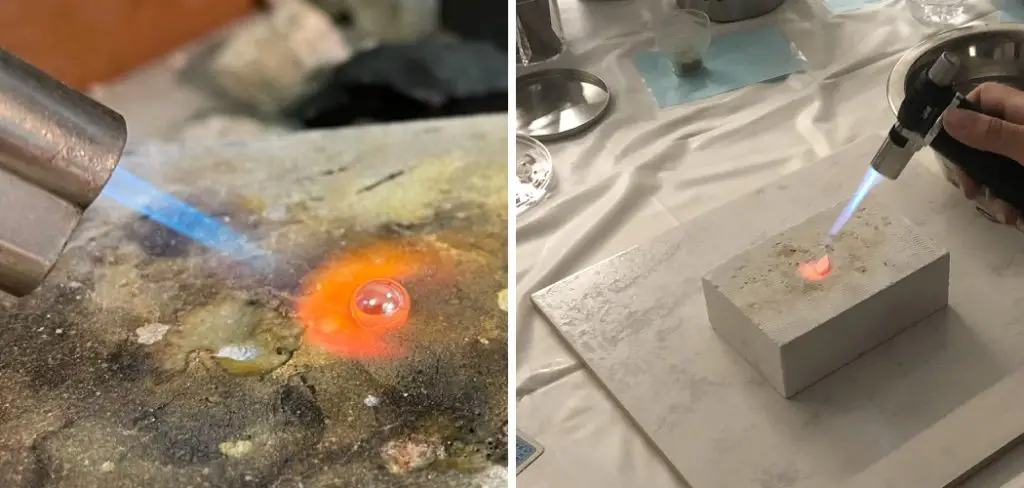
From choosing the right type of clay to mastering the intricacies of kiln firing or torch firing, our step-by-step instructions cater to both beginners and seasoned artisans. Uncover the alchemy of metalworking as we explore the temperatures, timings, and finishing touches that transform your silver clay creations into unique, handcrafted treasures.
Whether you’re crafting personalized pendants, earrings, or intricate charms, this guide will empower you to navigate the fascinating journey of firing silver clay with confidence and creativity.
The Importance of Firing Silver Clay
Firing is a critical step in working with silver clay as it allows for the transformation of a malleable substance into a solid piece of metal. Without firing, the piece would fall apart, and all the hard work put into shaping and designing it would go to waste.
The firing process also plays a significant role in determining the final outcome of the metal piece. It affects factors such as strength, color, shape, and size. Therefore, knowing how to fire silver clay correctly is crucial for achieving the desired results.
Different Types of Silver Clay
Silver clay has become increasingly popular in recent years, and many people are eager to try it out. However, with so many different types of silver clay available on the market, it can be overwhelming for beginners to know where to start. In this section, we will discuss the various types of silver clay and their characteristics.
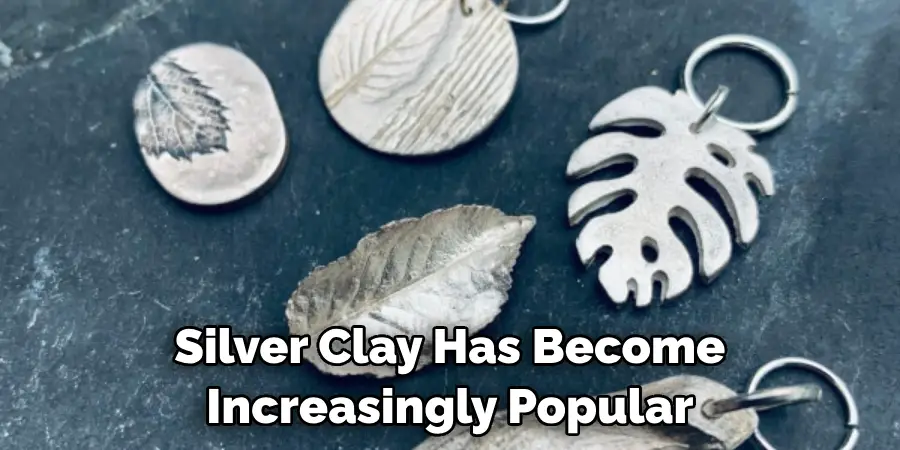
1. Original (Fine) Silver Clay
Original silver clay, also known as fine silver clay, is the most basic type of silver clay available. It consists of pure silver particles mixed with an organic binder and water. This type of silver clay is easy to work with, making it ideal for beginners. It can be shaped and molded just like traditional clay before being fired in a kiln or with a torch. Once fired, the organic binder burns off, leaving behind pure silver.
2. Sterling Silver Clay
Sterling silver clay is a blend of fine silver particles and copper particles mixed with an organic binder and water. This type of silver clay produces jewelry that is durable and tarnish-resistant due to the addition of copper. However, it can be more challenging to work with compared to fine silver clay, as it dries faster and can be less forgiving.
3. Gold Silver Clay
Gold silver clay, also known as gold-filled silver clay, is a combination of fine silver particles and 24-karat gold particles mixed with an organic binder and water. This type of silver clay produces jewelry that has a higher value due to the addition of gold. It also has a slightly different firing process, as it requires two firings – one for the silver and one for the gold.
4. Base Metal Silver Clay
Base metal silver clay is a more affordable alternative to fine silver clay, as it contains a lower percentage of silver particles mixed with copper or brass particles. This type of silver clay can also produce jewelry with a variety of colors, depending on the metal particles used. However, it is not as durable and tarnish-resistant as fine silver clay and may require sealant or varnish to protect the jewelry.
10 Methods How to Fire Silver Clay
1. Torch Firing
Torch firing is a popular method for firing silver clay, especially for small pieces or intricate designs. This method involves using a butane torch to heat the clay until it reaches its firing temperature of 1650°F (900°C). It is important to use a heat-resistant surface and proper safety precautions when torch firing.
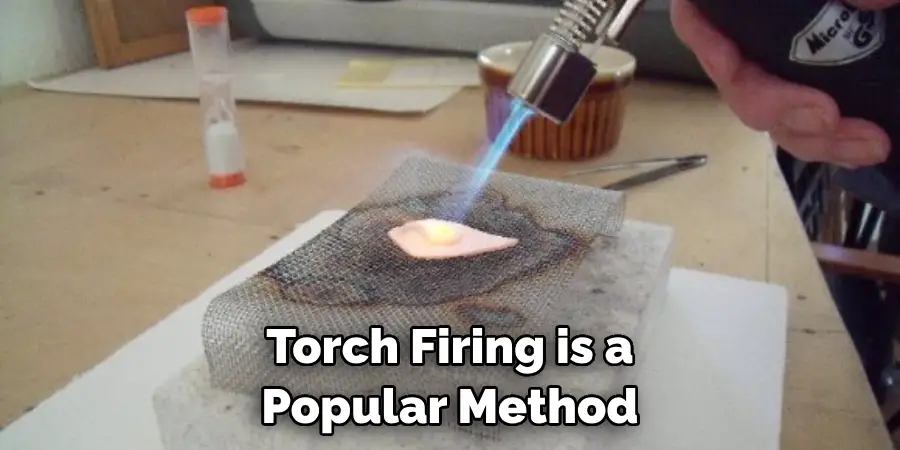
2. Kiln Firing
Kiln firing is another common method for firing silver clay. This method involves using a kiln, which can reach higher temperatures than a torch, to fire the clay. The recommended temperature for kiln firing silver clay is 1650°F (900°C) for 2 hours.
3. Hot Pot Firing
Hot pot firing is a simple and affordable way to fire silver clay at home. This method uses a small electric hot plate and a metal container filled with activated carbon or vermiculite, which helps to distribute heat evenly. The recommended temperature for hot pot firing is 1650°F (900°C) for 30 minutes.
4. Stove Top Firing
For those without access to a kiln or torch, stove top firing can be an alternative method for firing silver clay at home. This method involves placing the clay on top of a mesh screen over an open flame on the stove top. It is important to monitor the temperature closely and rotate the piece frequently to ensure even heating.
5. Candle Firing
Candle firing is another low-cost option for those without access to specialized equipment. This method uses candles placed under a metal container filled with activated carbon or vermiculite to create enough heat to fire the silver clay. It may take longer than other methods, but it can still produce successful results.
6. Soldering Oven
A soldering oven can also be used as an alternative method for kiln firing silver clay at home. These ovens are designed specifically for soldering and can reach the necessary temperature of 1650°F (900°C) for firing silver clay.
7. Microwave Firing
Microwave firing is a quick and easy way to fire small pieces of silver clay. This method involves placing the piece on a ceramic or glass surface in a microwave with a cup of water. The microwaves will cause the water to boil, creating enough heat to fire the clay in just a few minutes.
8. Dual Firing
Dual firing involves using two different methods of firing silver clay to achieve different results. For example, you could torch fire the piece first for a quick initial firing, and then kiln fire it for a longer period of time to achieve a stronger bond between the metal particles.
9. Carbon Firing
Carbon firing is another technique used for firing silver clay that involves burying the piece in activated carbon or charcoal before heating it with a torch or kiln. This method helps to protect the piece from oxygen and prevent oxidation during firing.
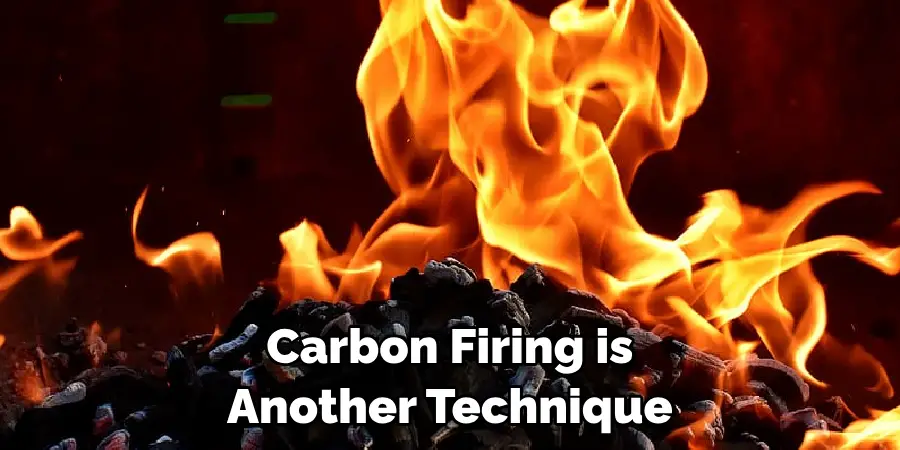
10. Cold Connection
Cold connection is an alternative method for joining metal pieces without using heat. This can be useful when working with delicate designs or combining different materials with silver clay. Techniques such as riveting, wire wrapping, and cold soldering can be used to connect pieces together without needing to fire them.
Things to Consider When Firing Silver Clay
Clay Type
The type of silver clay you use will determine the firing method and temperature required. There are three main types of silver clay: lump clay, syringe clay, and paste clay. Lump and syringe clays are typically fired in a kiln, while paste clay can be fired using a torch or stovetop. It’s important to check the instructions provided by the manufacturer for specific firing recommendations.
Firing Method
As mentioned, the firing method will vary depending on the type of silver clay being used. Kilns are commonly used for lump and syringe clays because they provide a consistent and controlled heat source. Torches can be used for smaller pieces or for paste clay, but may require more skill and experience.
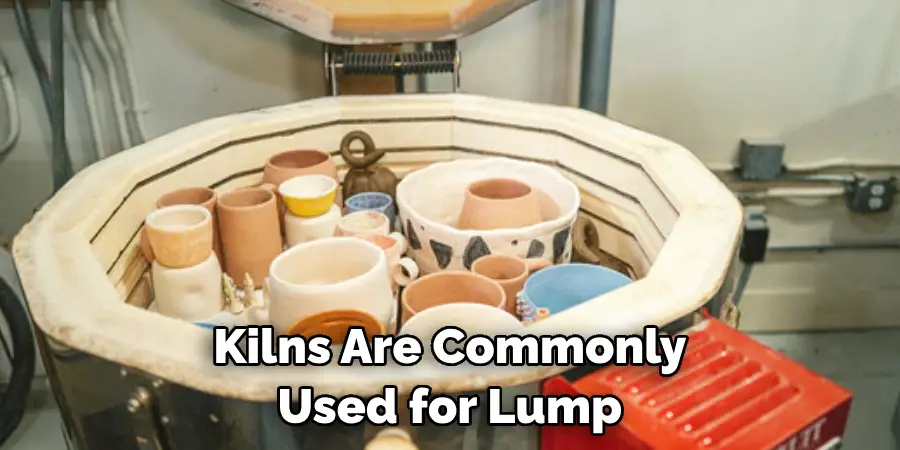
Firing Temperature
Firing temperature is crucial in achieving the desired result for your silver clay. Each type of silver clay will have its own recommended firing temperature, so it’s important to follow the manufacturer’s instructions closely. Generally, the higher the temperature, the stronger and more durable the final product will be.
Firing Time
The amount of time your silver clay needs to be fired will depend on its thickness and the firing temperature. Thicker pieces will require a longer firing time, while thinner pieces may only need a few minutes. It’s important to keep an eye on your piece during the firing process and remove it as soon as it reaches the recommended time.
Conclusion
In conclusion, firing silver clay may seem like a daunting task, but with the right tools and techniques, it can be a rewarding experience. We’ve covered everything you need to know about this unique material, from its composition to the different firing methods. Whether you choose to use a kiln or a torch, always remember safety first and follow the recommended guidelines for each method.
Don’t be afraid to experiment and try out new techniques, as every piece of jewelry created with fired silver clay is truly one of a kind. And if at first you don’t succeed, don’t give up! Keep learning and perfecting your skills, because with practice comes mastery. Now that you have all the knowledge and tips on how to fire silver clay, it’s time for you to put them into action and create your own stunning pieces of jewelry. So gather your tools, let your creativity flow, and let’s see what amazing creations you can make with this versatile medium!
You Can Check It Out To Make Clay Mushrooms

